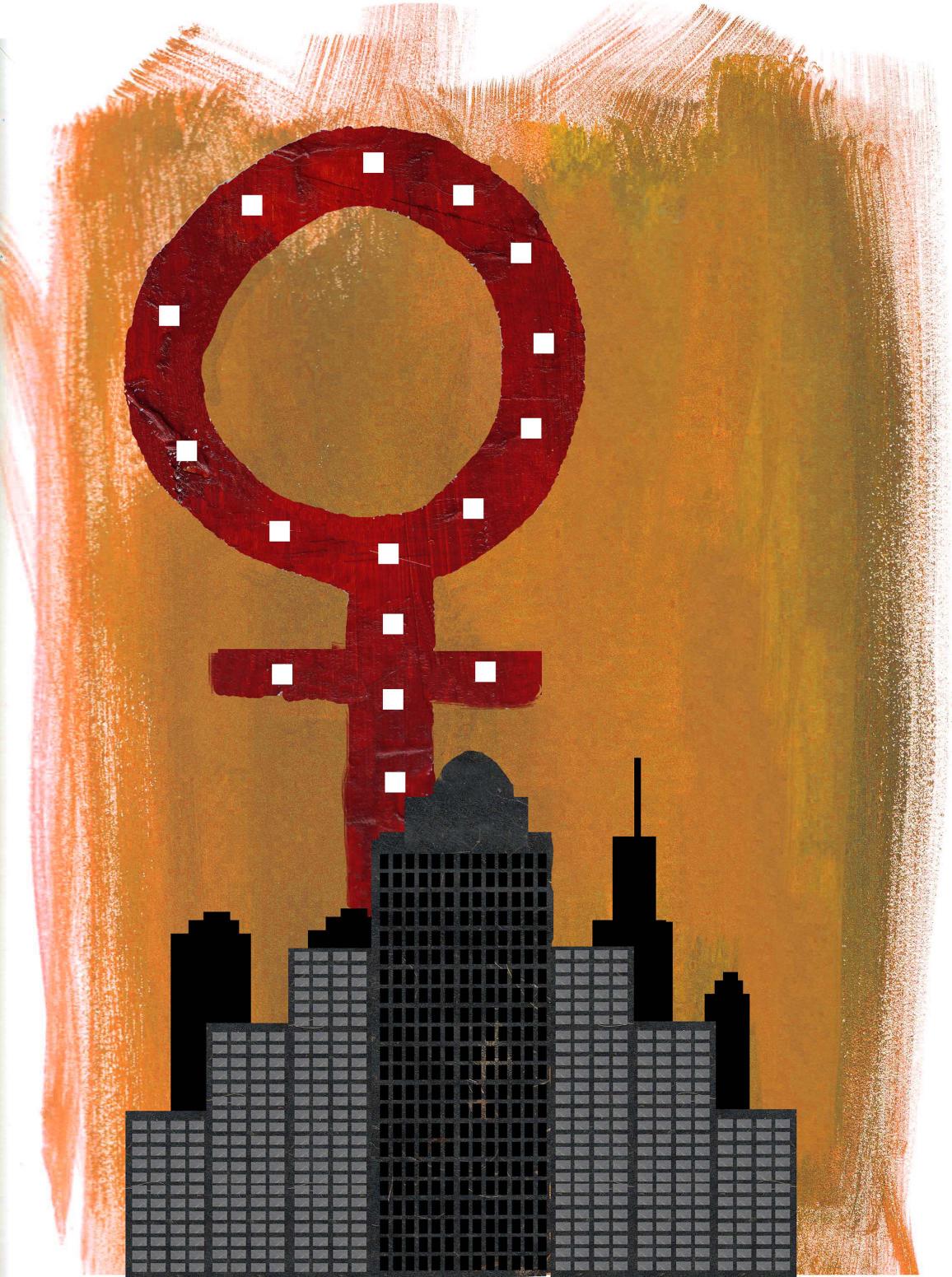With less than 30 percent of working women employed by the public sector, the private sector is providing jobs to more than 70% of women, a report by the Statistical Center of Iran (SCI) revealed.
According to the report, 28.7% of working women are employed in the public sector while the remaining 71.3% work in private enterprises. The percentage of women in private sector jobs is higher among the 18 to 24 years age group with 92.2% in this group working in the private sector, Khabaronline reported.
The northern East Azerbaijan Province has the highest rate of women employment in the country while the lowest rate belongs to Kohgiluyeh and Boyer-Ahmad Province in southwestern Iran. In addition, East Azerbaijan and neighboring Ardebil Province recorded the highest rate of women working in private sector jobs with 87% and 86.4% of the total working women respectively; while Kohgiluyeh and Boyer-Ahmad and Hormozgan provinces ranked lowest in terms of women employed in the private sector with 31% and 38.8% respectively.
A review of the economic sectors where Iranian women are employed indicated that with 53.4%, the service sector is the most preferred by women, followed by the agricultural and industrial sectors with 24.7% and 21.8% respectively. West Azerbaijan Province recorded the highest number of women working in the agricultural sector with 59.6%, while Isfahan Province ranked the highest in terms of women working in the industrial sector with 83.2%; Kohgiluyeh and Boyer-Ahmad with 82.4% beat the other provinces in terms of women employed in the service sector.
Low Work Force
While women make up over half of the population and almost 30% of the country’s labor force, however, economically active women make up only 12-16% of the work force, noted Parvin Hedayati, an expert on women issues.
Emphasizing the importance of promoting women’s employment to improve their social and economic status, the expert called for the authorities to come up with policies aimed at utilizing women’s capabilities while keeping in mind their social well-being and domestic responsibilities.
Recalling that the office of the vice presidency for women and family affairs had promised to prepare a document on ‘Sustained Employment for Women’ by August 2014, Hedayati said the document was not yet delivered.
Empowerment
Referring to women’s empowerment as a means for poverty eradication across the world, Hedayati recalled that the 1995 Beijing Declaration had drawn attention to the issue some 20 years ago. The 1995 Fourth World Conference on Women in Beijing marked a significant turning point in the global agenda for gender equality.
The Beijing Declaration and the Platform for Action, adopted unanimously by 189 countries, is an agenda for women’s empowerment and considered the key global policy document on gender equality. It sets strategic objectives and actions for the advancement of women and the achievement of gender equality in 12 critical areas of concern, namely: women and poverty, education and training of women, women and health, violence against women, women and armed conflict, women and the economy, women in power and decision-making, institutional mechanism for the advancement of women, human rights of women, women and the media, women and the environment, and the girl-child.
Hedayati urged government authorities to outline clear models for promoting women’s participation in economic activities in the ongoing 20-Year Vision, an ambitious plan launched in 2005, outlining a roadmap for economic, political, social and cultural developments over the next two decades.
The Vision’s preamble promised that by 2025, i.e., after the completion of four five-year economic development plans, Iran would be a fully advanced country and rank top in economic, scientific and technological progress among 28 nations in the Middle East and Southeast Asia.


